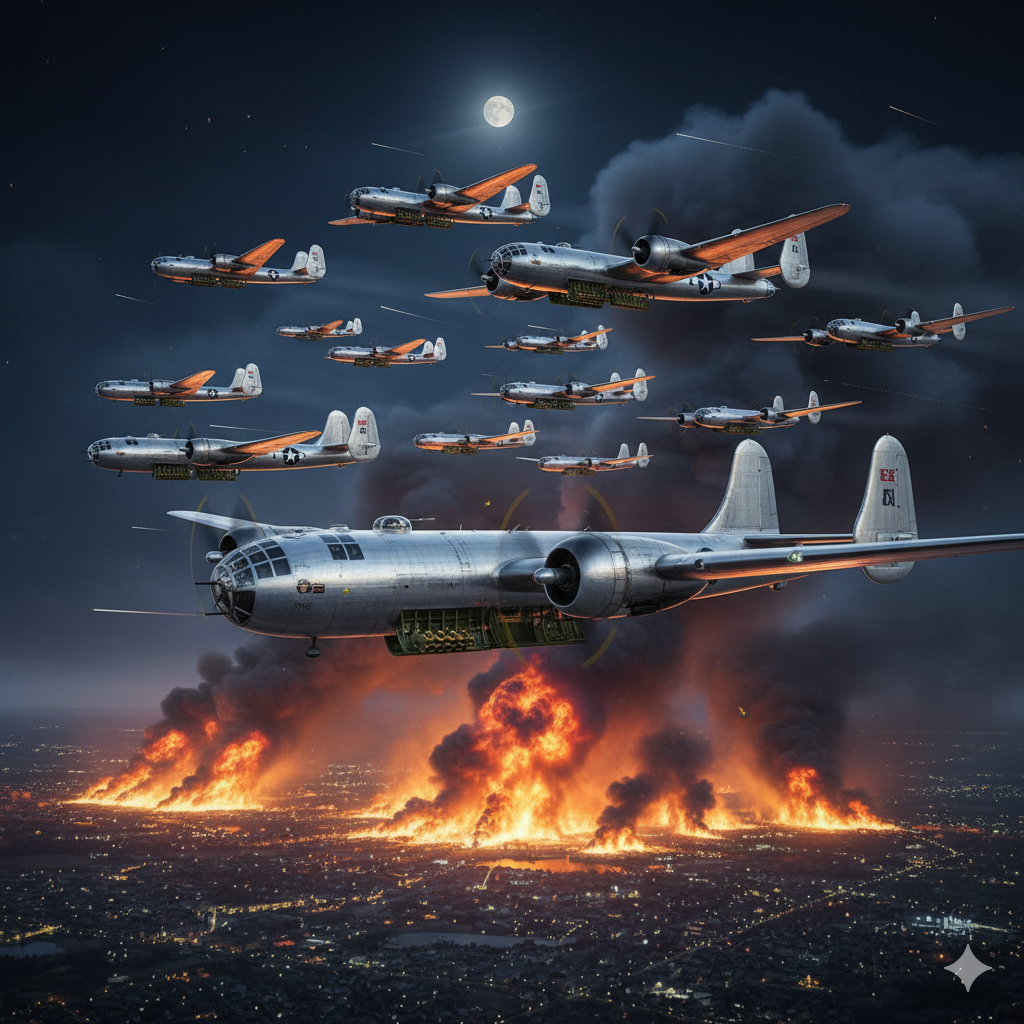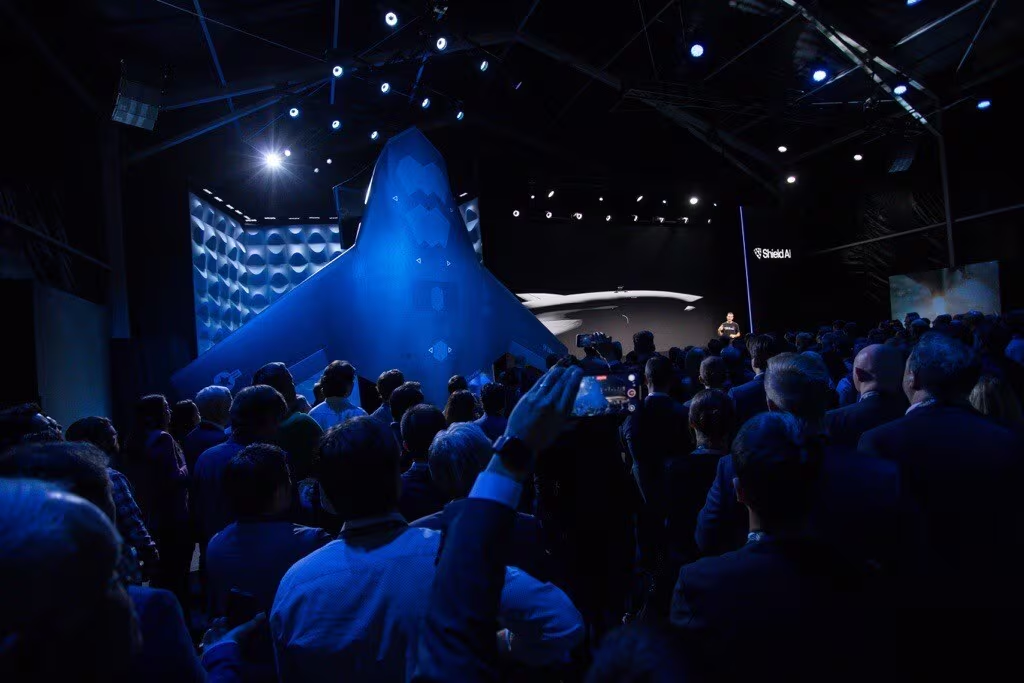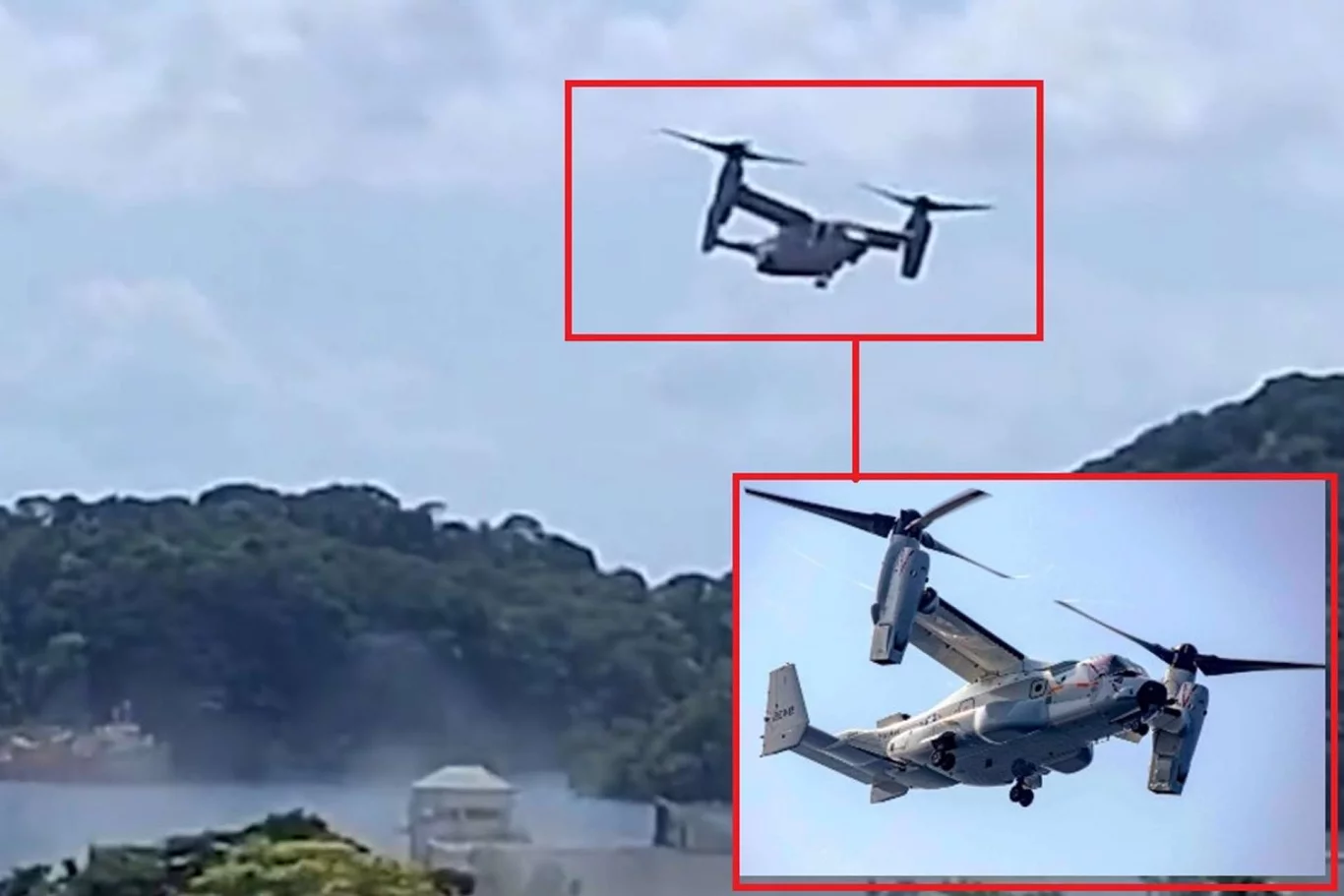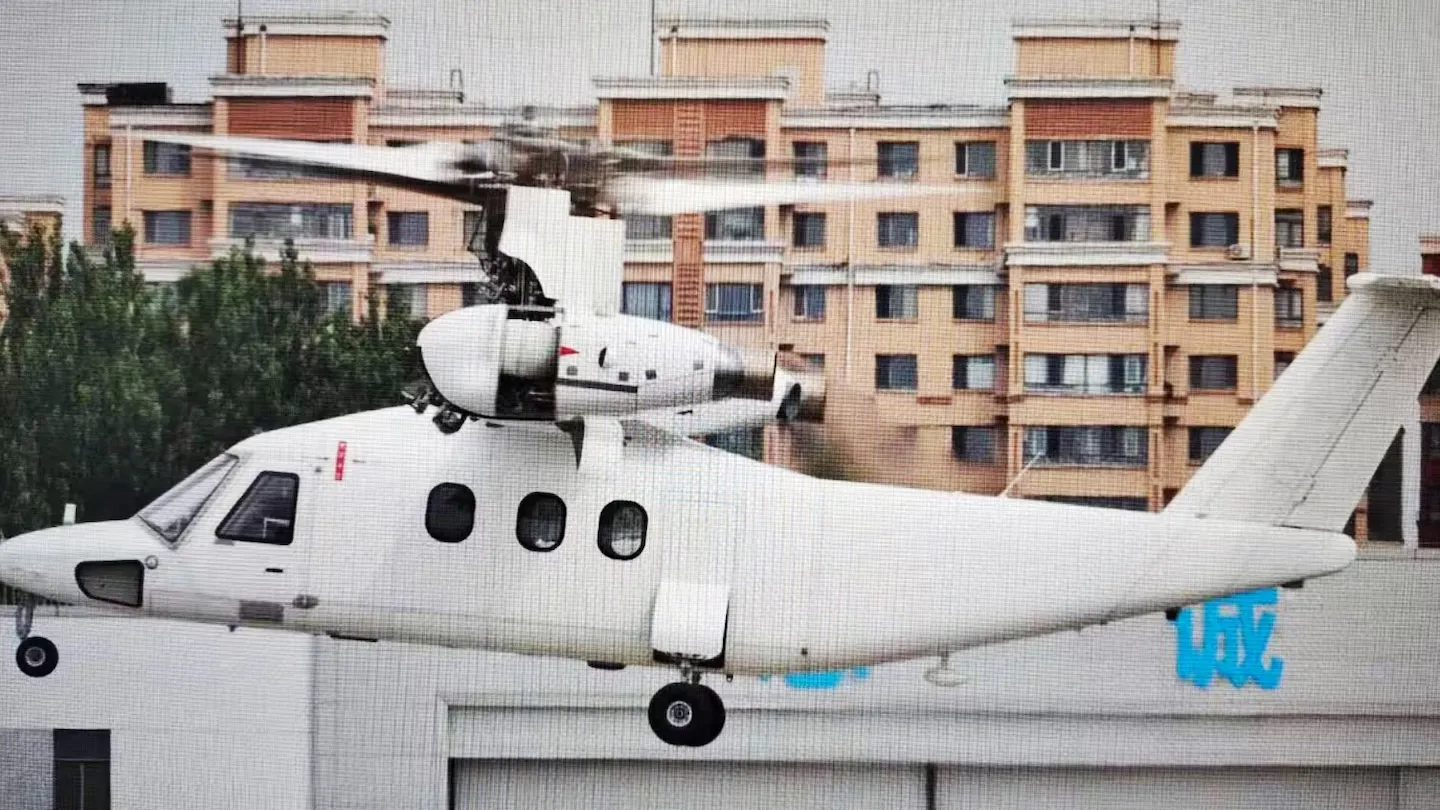Meta Description: Delve deeper into the harrowing strategic bombing campaign waged by American B-29 Superfortresses against Japan in the final months of WWII. Explore the shift to low-altitude incendiary raids, the devastating impact on Japanese cities, and the ultimate cost of this aerial onslaught.
The vast expanse of the Pacific War, characterized by island hopping and naval supremacy, often overshadows another brutal and decisive front: the aerial campaign against the Japanese home islands. In its final, harrowing months, World War II witnessed an unprecedented strategic bombing effort, primarily carried out by the behemoth Boeing B-29 Superfortress. While Part 1 might have set the stage, detailing the B-29’s arrival and the initial high-altitude, precision bombing attempts, Part 2 plunges into the inferno that followed – a relentless, low-altitude firebombing strategy that would reshape Japanese cities and fundamentally alter the course of the conflict.
As 1945 dawned, the efficacy of the initial B-29 raids was being scrutinised. High-altitude precision bombing, while theoretically ideal, proved largely ineffective against Japanese industrial targets. The jet stream, often exceeding 200 miles per hour at the B-29’s operating altitudes, scattered bombs far off target. Furthermore, the persistent cloud cover over Japan made visual targeting a rarity. Frustration mounted among strategic planners, who knew time was of the essence and that a more decisive blow was needed to break Japan’s will to fight.
The turning point arrived with the appointment of Major General Curtis LeMay to command the XXI Bomber Command in January 1945. LeMay, a figure of formidable will and controversial methods, was tasked with escalating the air war. His analysis of the situation was stark: the traditional daylight, high-altitude attacks were simply not working. Japanese industry was decentralized, with countless small workshops and home-based industries feeding into the larger war machine. Moreover, Japanese cities, predominantly constructed from wood and paper, were highly susceptible to fire. LeMay saw an opportunity for a devastating paradigm shift.
His solution was audacious, brutal, and ultimately effective: abandon high-altitude daylight precision bombing in favor of low-altitude night-time incendiary raids. This meant stripping the B-29s of their defensive machine guns and ammunition, reducing their weight to allow for a larger bomb load – primarily M69 incendiary clusters. Flying at altitudes as low as 5,000 to 10,000 feet, the B-29s would be vulnerable to Japanese anti-aircraft fire and night fighters, but the trade-off, LeMay believed, was worth the increased accuracy and destructive power. The logic was chillingly simple: if Japan’s industrial base was intertwined with its urban fabric, then destroying the cities would cripple its war effort and break the morale of its populace.
The first major test of this new strategy came on the night of March 9-10, 1945, with Operation Meetinghouse, the firebombing of Tokyo. Over 300 B-29s descended upon the sprawling capital, unleashing thousands of tons of incendiaries. The results were catastrophic. The M69 bombs, designed to penetrate rooftops before igniting, created a firestorm of unimaginable intensity. Winds generated by the conflagration reached hurricane force, sucking oxygen out of the air and creating an inferno that consumed everything in its path. Entire districts vanished, reduced to ash and rubble. The human toll was staggering; estimates suggest over 100,000 people perished in that single raid, making it one of the deadliest air raids in history, surpassing even the atomic bombings of Hiroshima and Nagasaki in immediate fatalities.
The Tokyo firebombing was not an isolated incident but the grim template for subsequent raids. City after city across Japan – Nagoya, Osaka, Kobe, Yokohama, and many others – became targets for the B-29s’ incendiary payloads. The Superfortresses, now flying in waves, systematically obliterated urban centers, turning vast swaths of residential and industrial areas into smouldering ruins. The psychological impact on the Japanese population was immense. The incessant drone of the B-29s at night, followed by the terrifying sight and sound of cities erupting in flames, fostered a pervasive sense of helplessness and despair.
While controversial, the strategic rationale behind these raids was to cripple Japan’s ability to wage war by destroying its manufacturing base and undermining civilian morale, thereby accelerating its surrender and potentially avoiding a costly invasion of the home islands (Operation Downfall). The sheer scale of destruction was undeniable. By the war’s end, dozens of Japanese cities had been largely destroyed, millions were left homeless, and the country’s industrial capacity was severely degraded. The B-29, once struggling to find its purpose, had become the ultimate instrument of urban destruction, a symbol of American air power’s terrifying might.
The B-29 strategic bombing campaign against Japan in its final phase remains a stark reminder of the brutal calculus of total war. It showcased technological prowess merged with a ruthless strategic vision, leaving an indelible mark on both the landscape of Japan and the history of aerial warfare. The legacy of these operations, particularly the firebombing raids, continues to spark debate and discussion, highlighting the profound moral and ethical complexities inherent in modern conflict. The B-29 Superfortress, a symbol of industrial might and wartime innovation, ultimately delivered a devastating blow that played a critical role in bringing about the end of World War II, but at an almost unfathomable cost.




